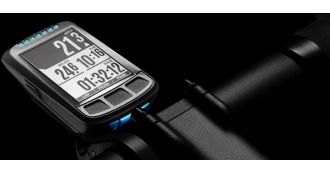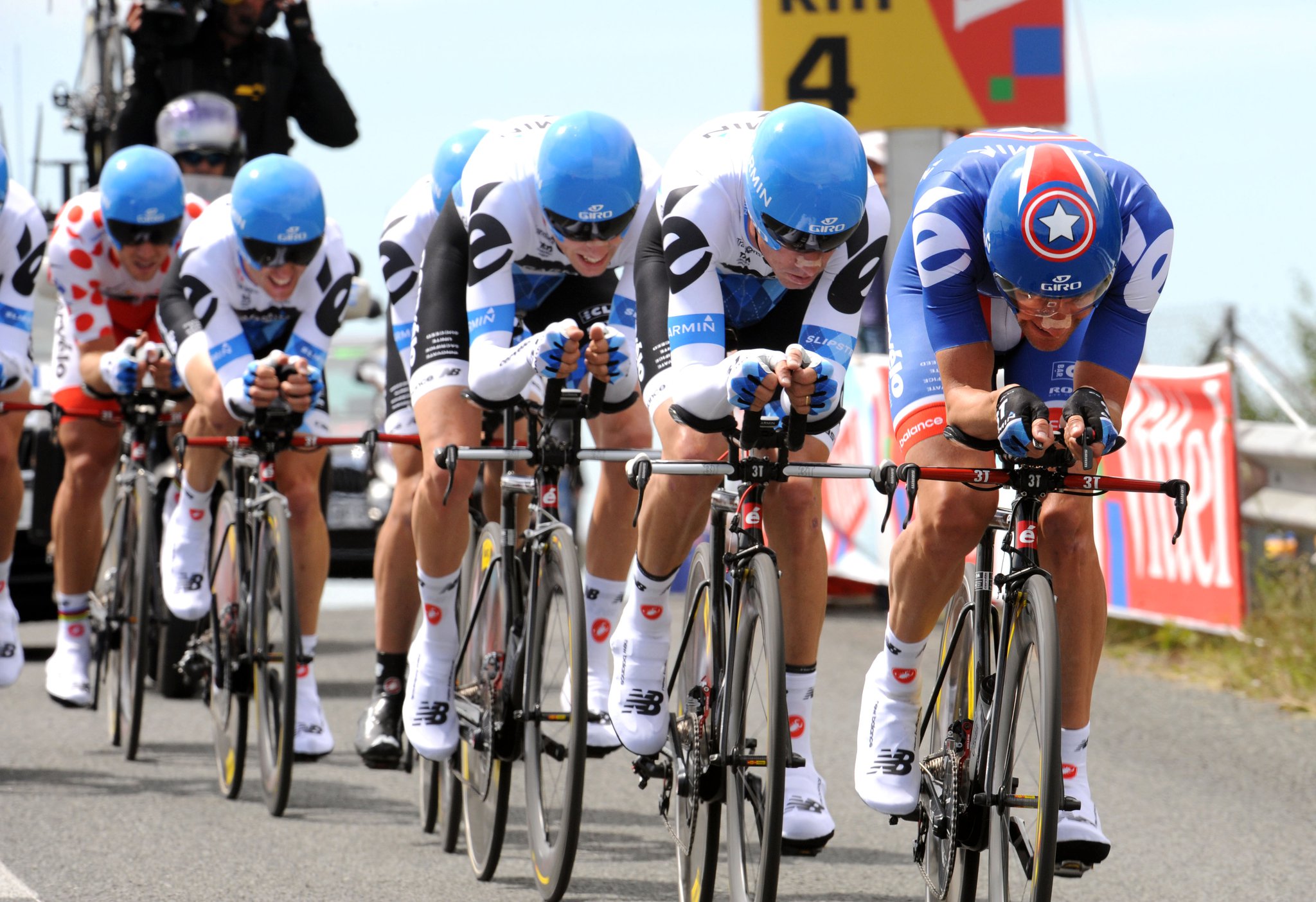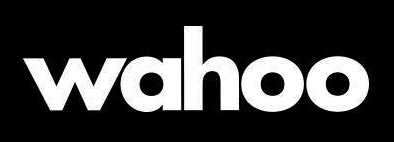

Cycling is a sport of almost infinite choice. If you’re looking for a new bike, race, discipline even, there is a healthy selection of all in the booming cycling market. It’s just the same with GPS computers. Until fairly recently, the monopoly player was Garmin, but more recently, bold new players have burst onto the scene and upset the apple cart. There’s a real buzz around Wahoo Fitness which is now making waves in the pro ranks after a big entrance in the amateur community. But it doesn’t stop there. Big brands and bike manufacturers are starting to test the water with their own devices. So, without further ado, here’s what you need to know about what’s out there.

Garmin
If we’re talking about the breadth of choices available, then Garmin takes the biscuit with devices to suit everyone from the minimalist to the avid adventurer. Popular for their full-colour screens, cell phone compatibility, OS mapping and plentiful other features, Garmin computers can be seen jutting out front of handlebars belonging to everyone from weekend warriors to WorldTour racers. All their computers are compatible with sensors tracking heart rate, cadence and speed, as well as power metres if you are so inclined, so a Garmin will complement your training and racing quite happily.

Wahoo
Wahoo Fitness got its start in life as a fitness sensor company and made a big impression on indoor training before embarking on their most recent GPS computer venture. Two world champions are now using the Bolt and all accessories including newly-minted cyclocross world champ Wout Van Aert, and three-time road world champion Peter Sagan, whose team Bora Hansgrohe is one of two WorldTour outfits to adopt the fantastically intuitive little setup for 2018. While its monochrome screen might seem like a downgrade from the competition (above), it does in fact elevate the readability of the device in all conditions. It is 100% wireless, fully compatible with all the sensors you could want and the easy to use companion app, and cuts drag by up to 50% over competitors. The Elemnt range is designed not only to track your riding but to improve it as well.

Alternatives
Another highly recognisable accessories brand is Cateye, known for its light sets which dominate the commuter market. For a long time, Cateye have been the go-to brand for simple tracking computers which record anything from just time elapsed and speed, to cadence, laps and heart rate. There’s are the inexpensive devices for cyclists who just want to prove they’ve had the bike out of the shed. Their GPS navigation leaves a little to be desired, but for a dramatically less expensive cyclocomputer that will get you where you want to be, it will do the job reliably. Major bike brands have also started to edge sideways into the electronics market, like Giant. The well-reviewed Neos has been seen on the bars of some of the world’s best pros. It provides all the features you would expect from a GPS computer and boasts a phenomenal 33-hour battery life.
Sensors
Whether you want to give your training regime a bit of an upgrade or you’re just a bit of a data fanatic, a good place to start is with this simple trilogy of sensors: cadence, speed and heart rate. Wahoo’s sensors are incredibly neat; the cadence sensor sticks to your crank arm with an at first slightly worrying sticky pad. However, I can confirm that the glue is resilient enough to stand the test of British weather with no issues after over a year of use. Garmin likes to stick to the tried and true rubber mounts which, granted, come with a bit more confidence. Having decorated your bike with sensors and wrapped a HR monitor round your chest, you’ll ride harder and faster in no time.